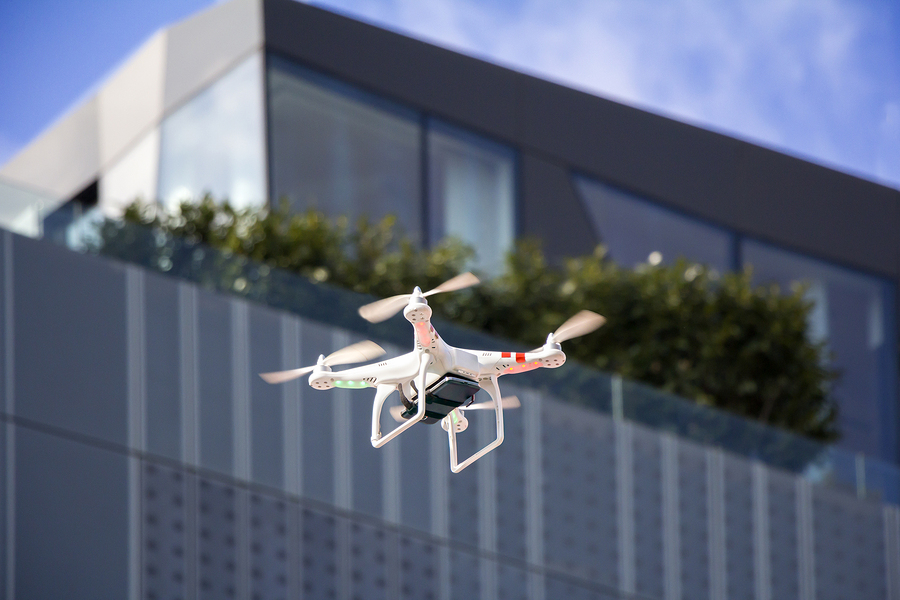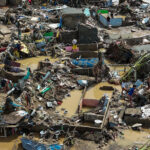The Federal Aviation Administration has again delayed plans to propose new rules requiring the remote identification of drones, according to records and a member of Congress on Wednesday.
Congress directed the FAA in 2016 to issue regulations or guidance by July 2018 to permit the public, the FAA, law enforcement and others to remotely track and identify drones and their operators during flight.
A U.S. Transportation Department status update now says the FAA plans to propose the regulation by Sept. 20 – after it earlier promised it by July 21. A person briefed on the matter confirmed the timetable.
U.S. Representative Scott Perry, a Republican, disclosed the new delay at a House aviation safety hearing Wednesday and said that was unacceptable. “The importance of the issue demands (FAA’s) immediate action,” Perry said. “FAA is failing to mitigate safety threats.”
A July 2 letter from the top House Republicans and Democrats overseeing aviation issues to the FAA, Transportation Secretary Elaine Chao and the White House said the delay “poses serious risks to the National Airspace System, its users, and the nation’s most critical and sensitive facilities and assets.”
The letter noted that once the proposal is published, it will take up to two more years to be finalized.
In May, federal prosecutors charged a man who piloted a drone over two professional football games in the San Francisco Bay Area in November and dropped dozens of conspiracy-oriented leaflets on the crowd.
In April, the FAA said it was investigating a drone that hovered over Boston’s Fenway Park during a baseball game after the user apparently overrode a system designed to prevent flights over prohibited areas.
In January, the FAA said 43 flights into New Jersey’s Newark Liberty International Airport were required to hold after a reported drone sighting nearby.
London’s second busiest airport, Gatwick, was disrupted in December after drones were sighted on three consecutive days.
The FAA has grappled with many complex issues behind identifying drones remotely, with disagreement among industry and various federal agencies over software and hardware requirements and how to address privacy and data security issues.
An FAA advisory committee issued a report in 2017 laying out options for remotely identifying drones, but did not agree on all recommendations.
Chao in January proposed rules allowing drones to operate over populated areas to help speed their commercial use. The department noted they cannot be finalized “without a remote identification rule in place.”
(Reporting by David Shepardson; editing by Jonathan Oatis)
Was this article valuable?
Here are more articles you may enjoy.


 Hackers and Crime Rings Teaming up to Steal Cargo, Cyber Firm Says
Hackers and Crime Rings Teaming up to Steal Cargo, Cyber Firm Says  JPMorgan Analyst Sues Over Pay Gap With Male Colleague in UK
JPMorgan Analyst Sues Over Pay Gap With Male Colleague in UK  Philippine Typhoon Deaths Climb to 116 as New Storm Looms
Philippine Typhoon Deaths Climb to 116 as New Storm Looms  Universal Music Settles Copyright Lawsuit With AI Startup Udio
Universal Music Settles Copyright Lawsuit With AI Startup Udio 